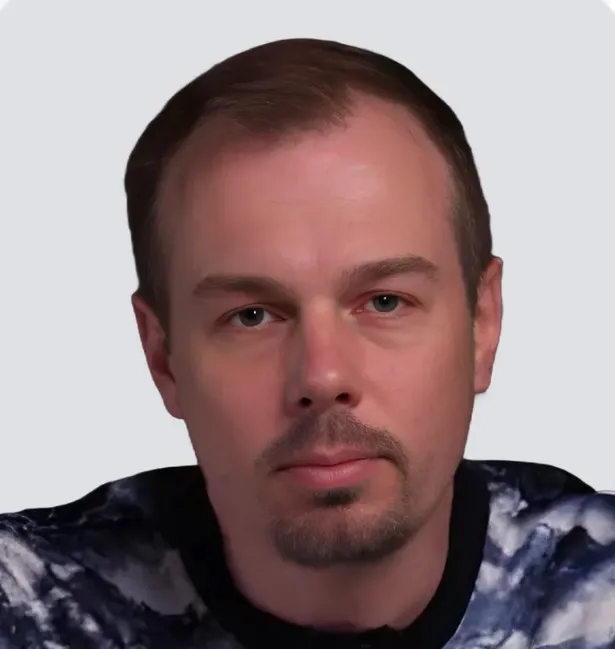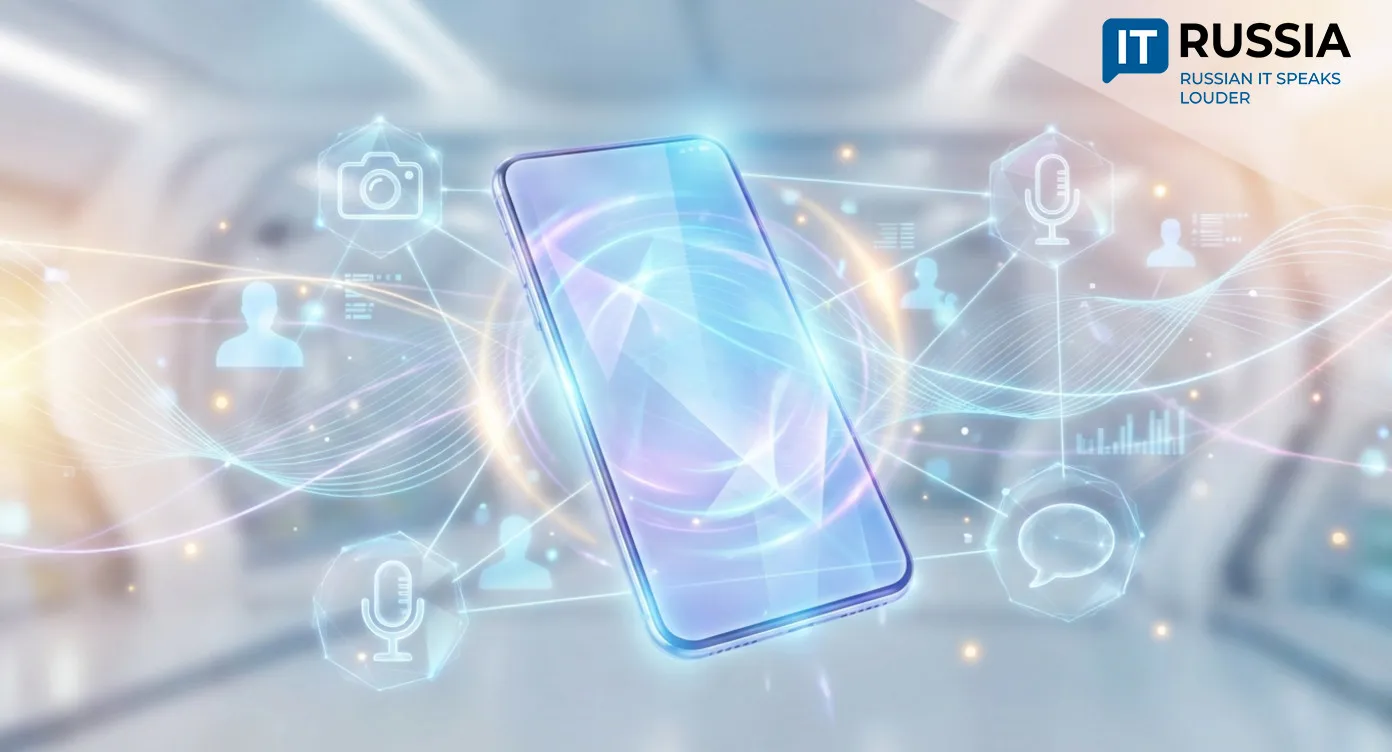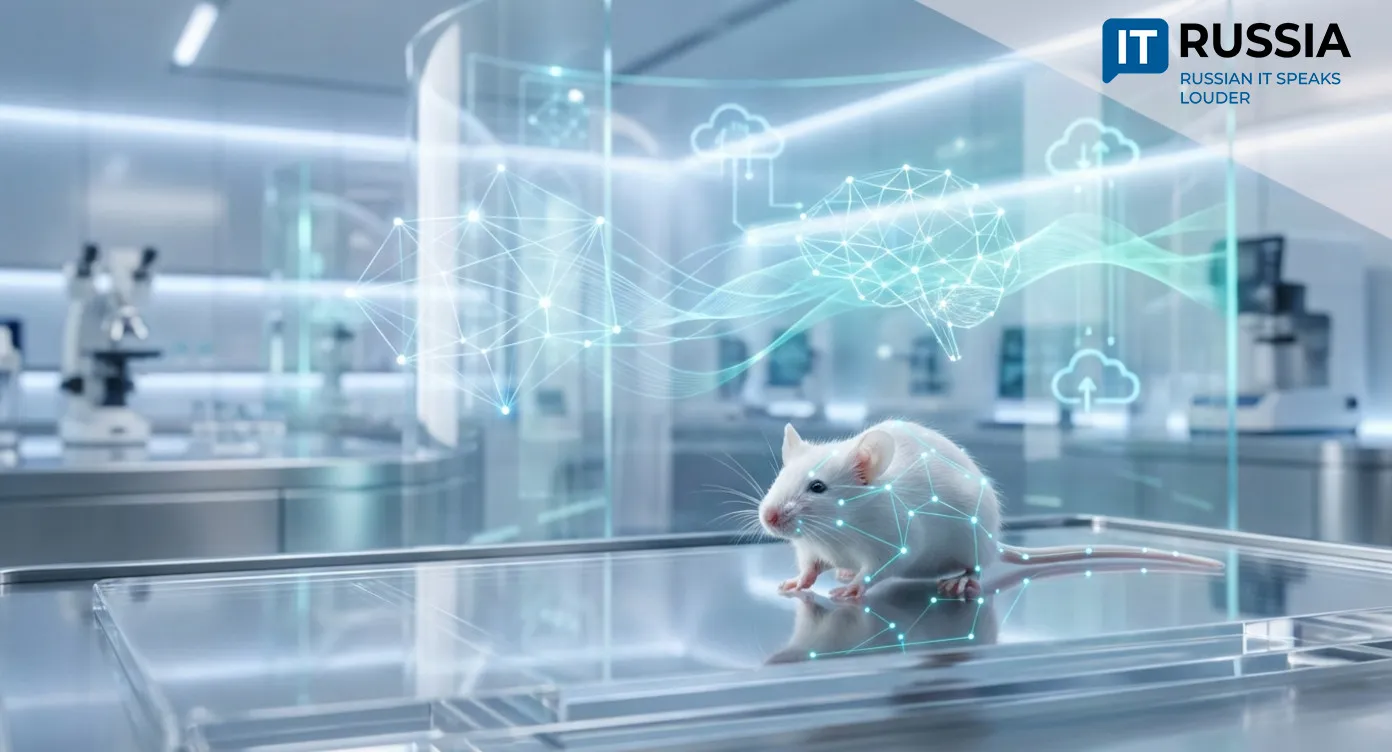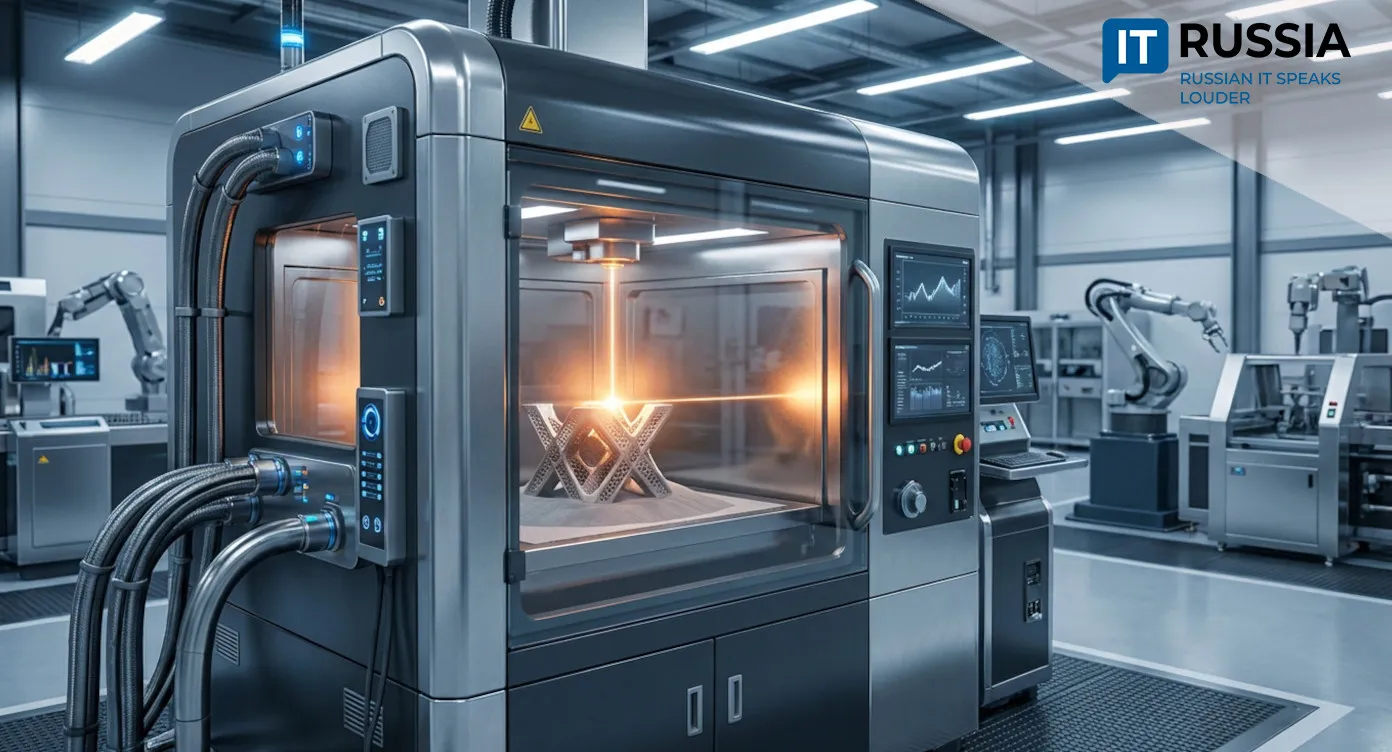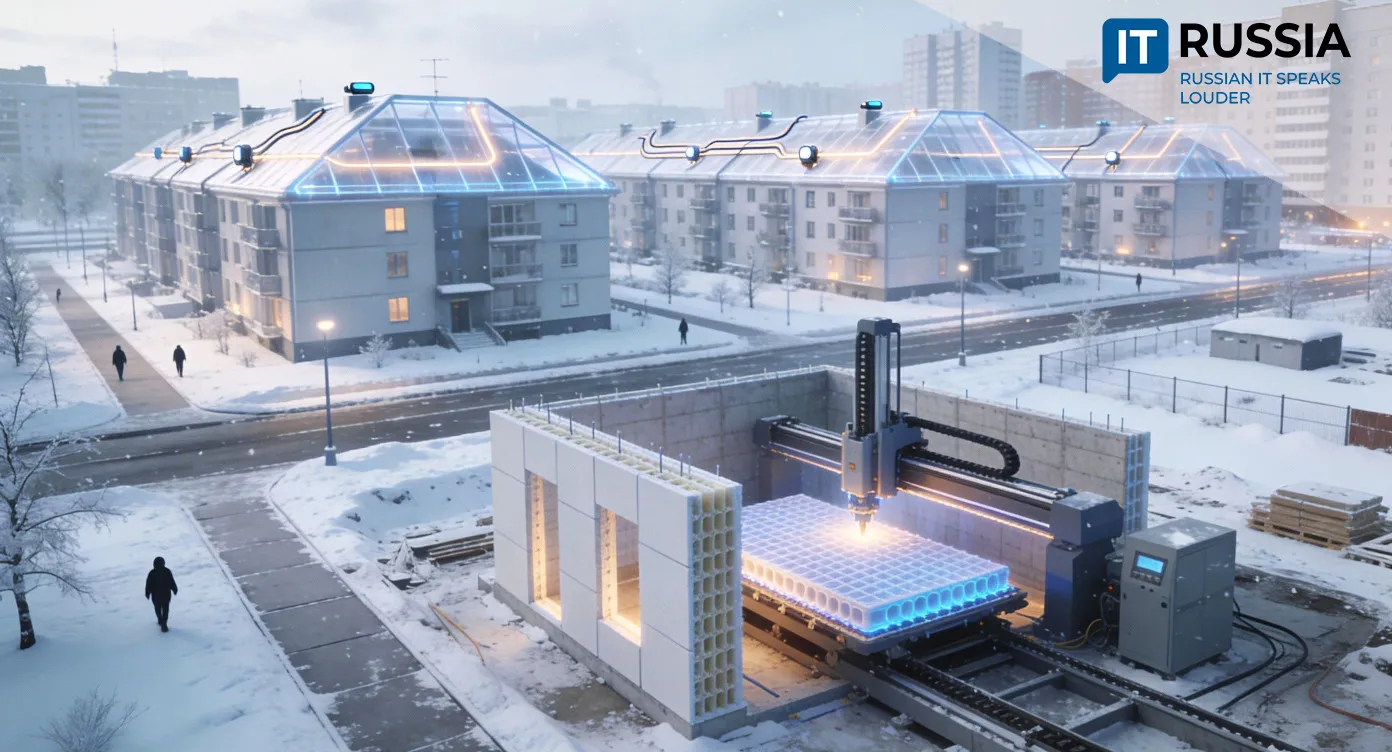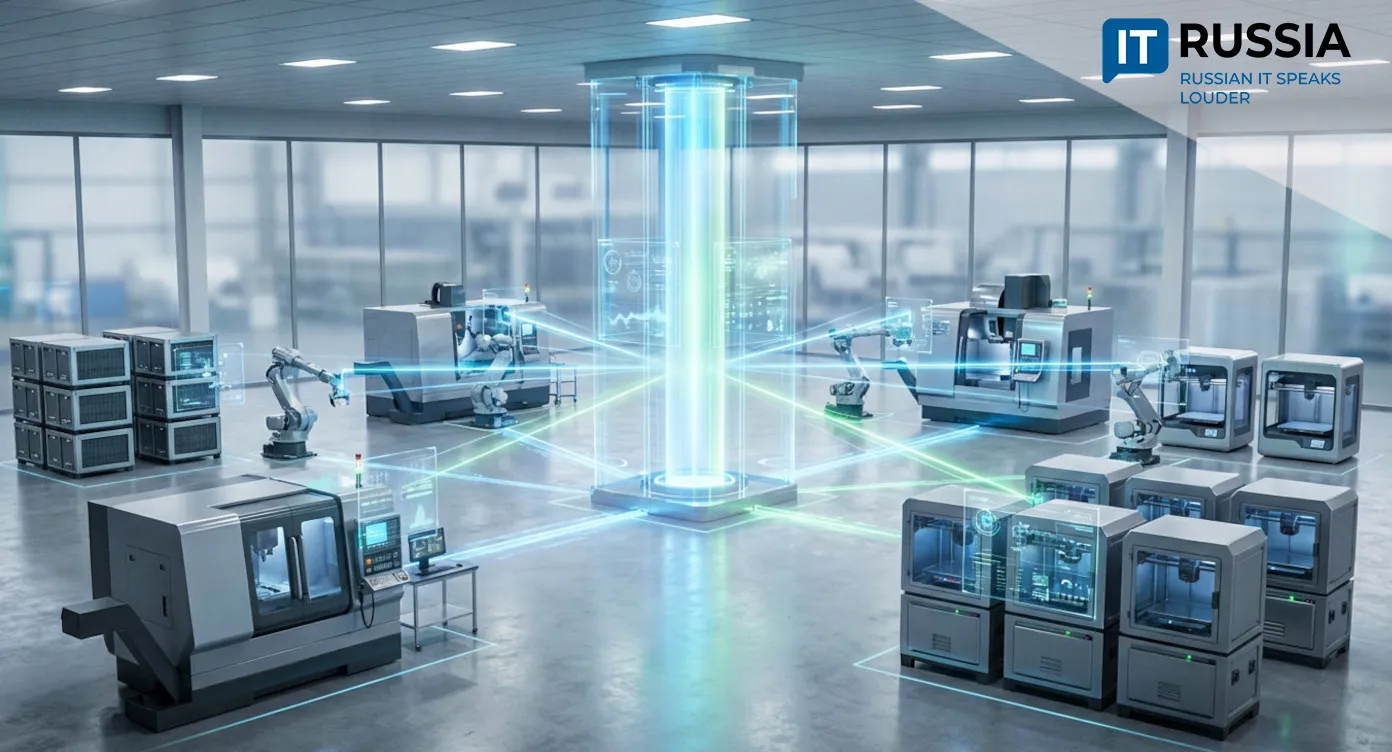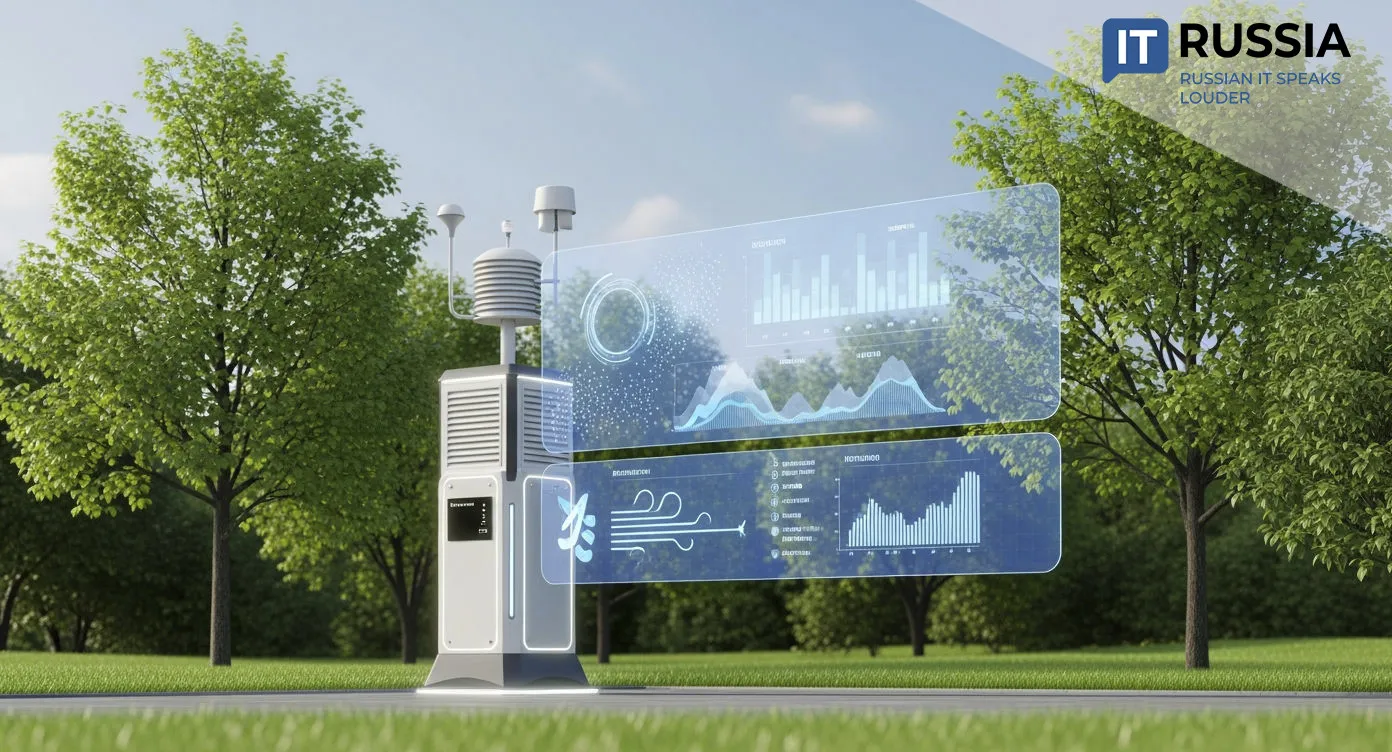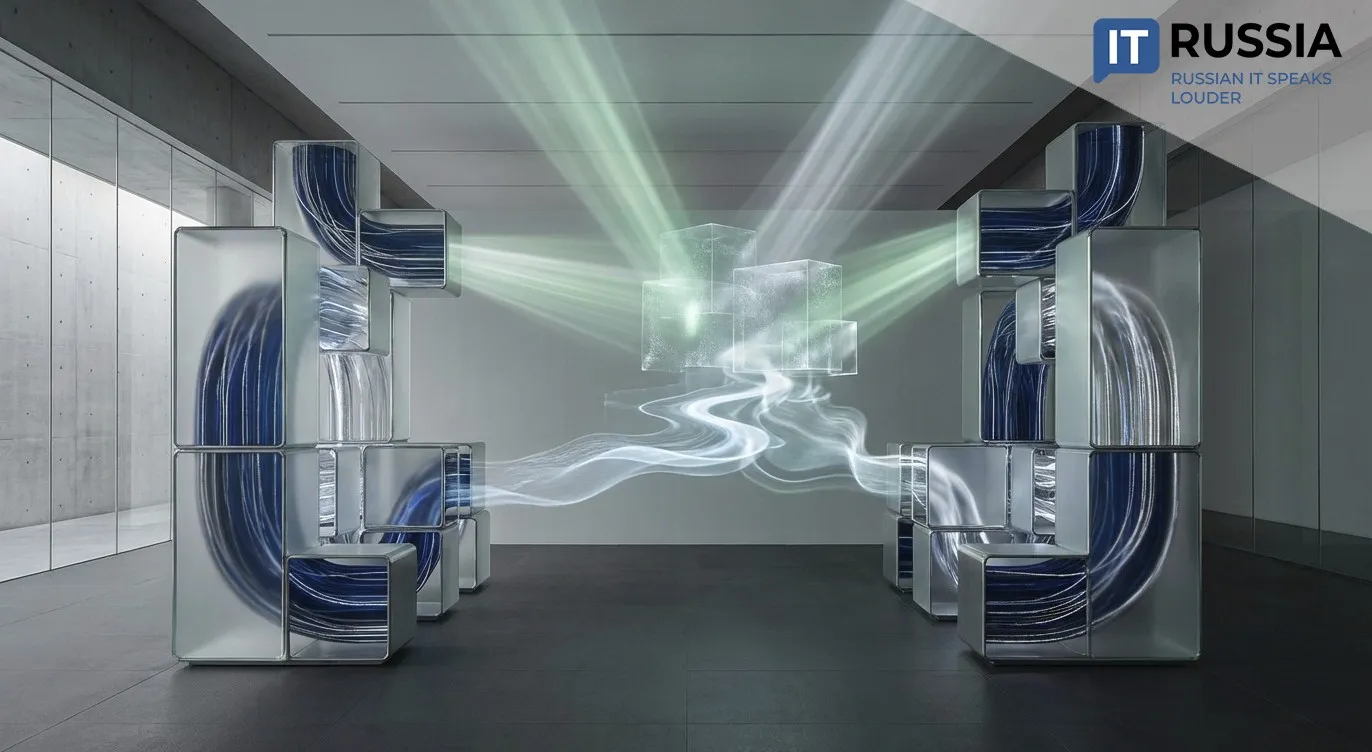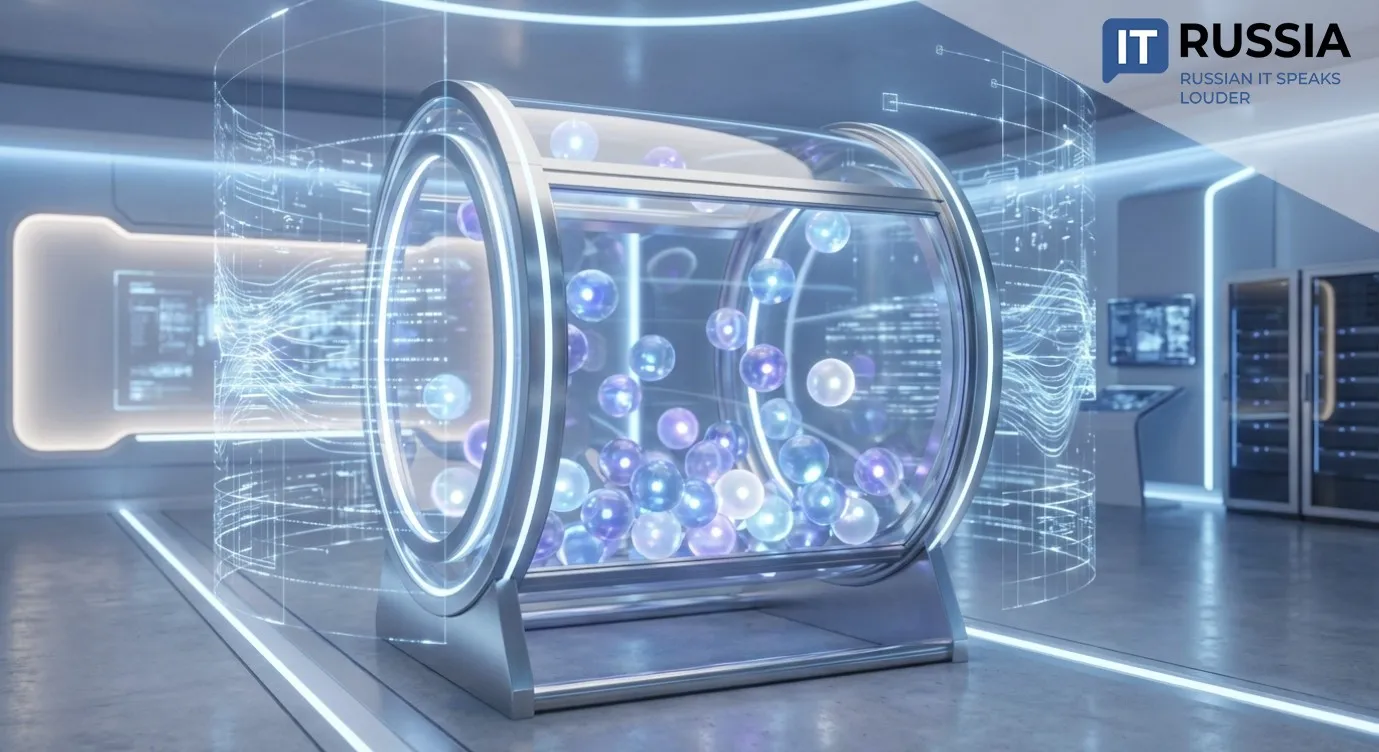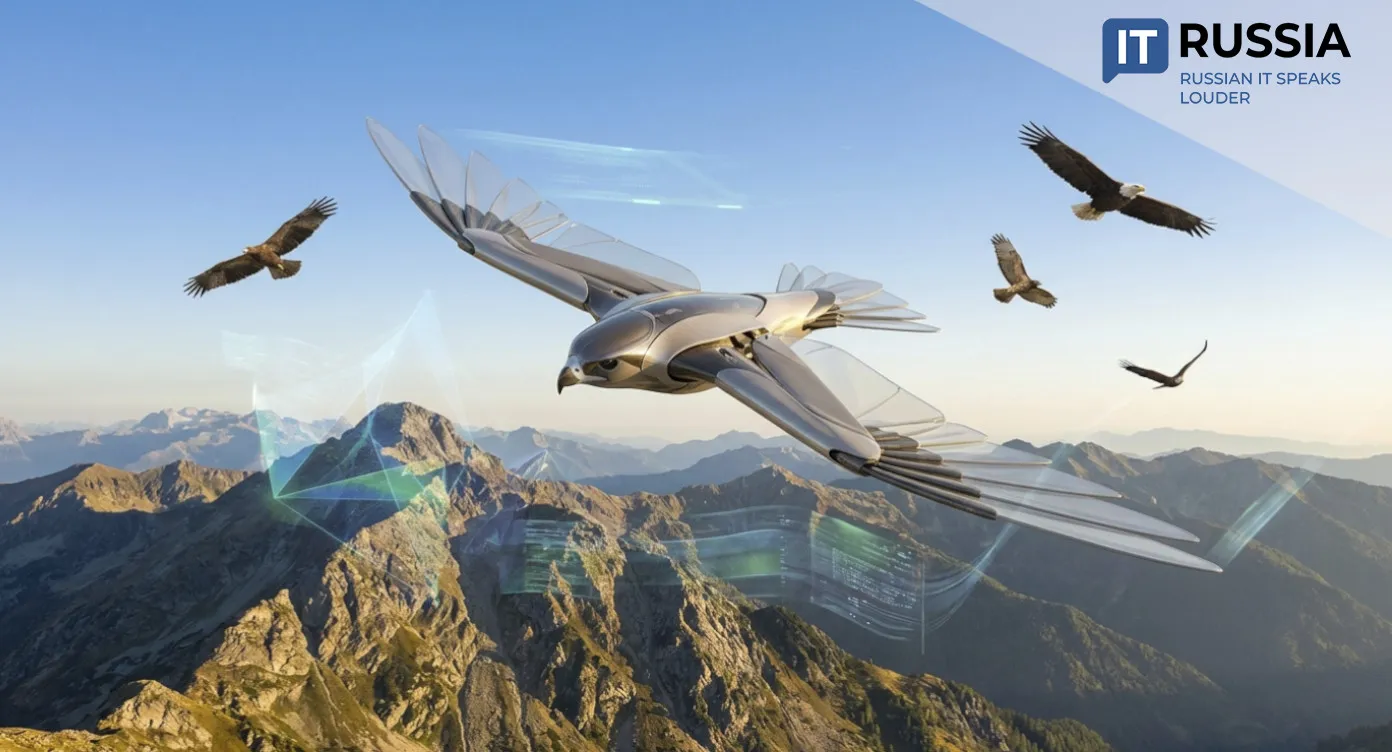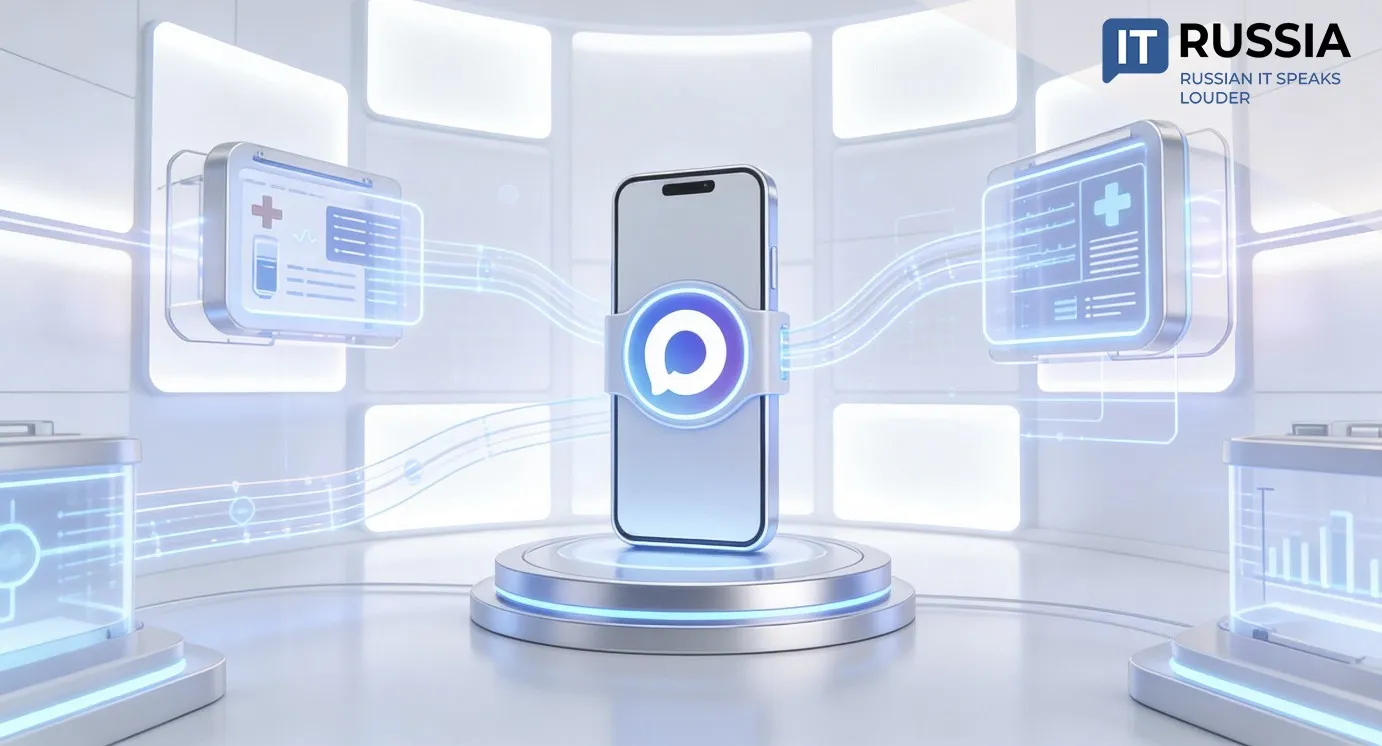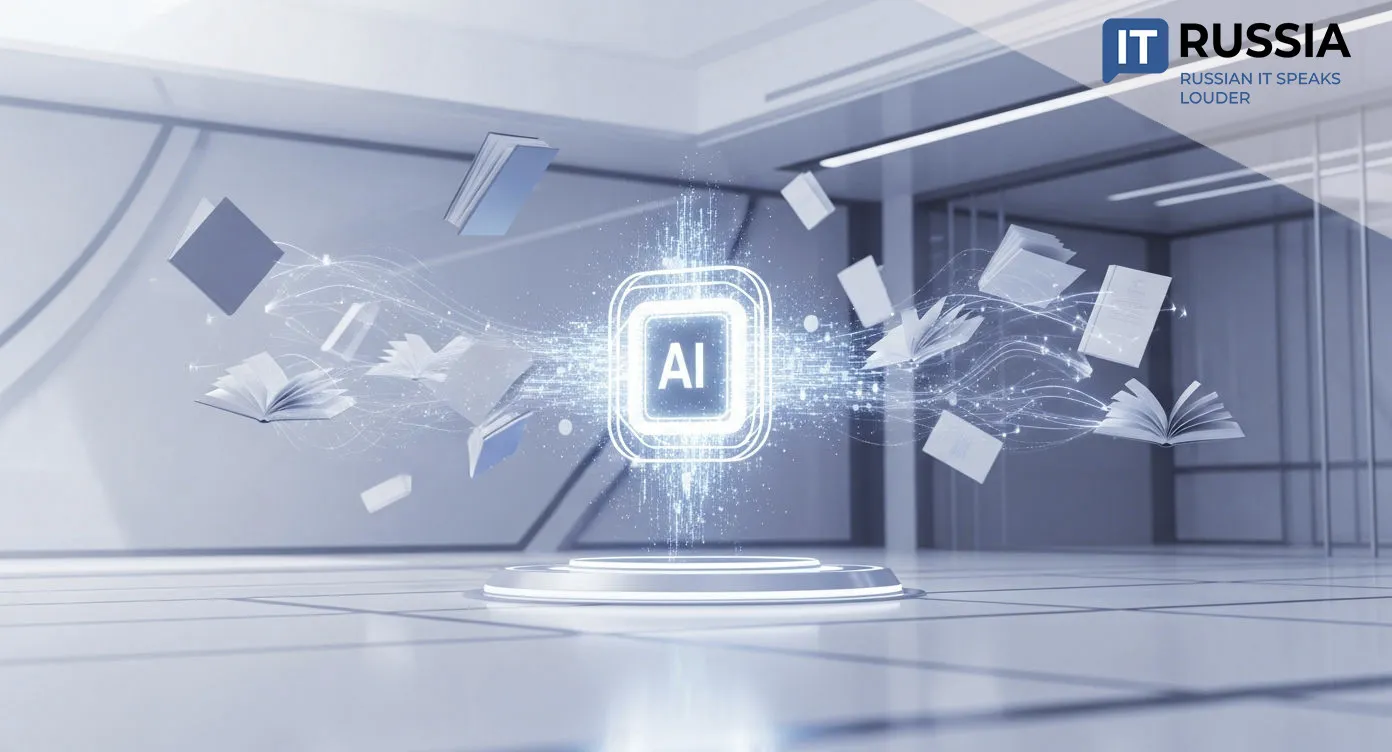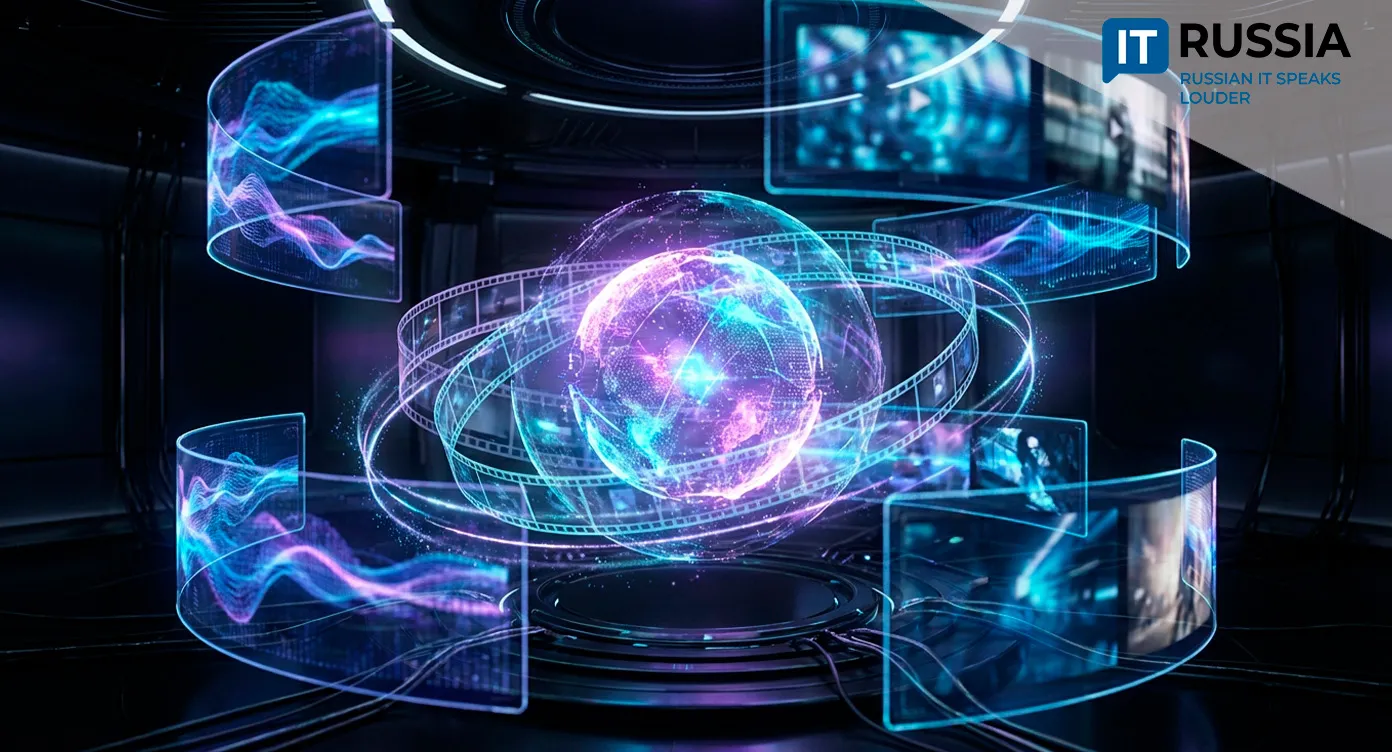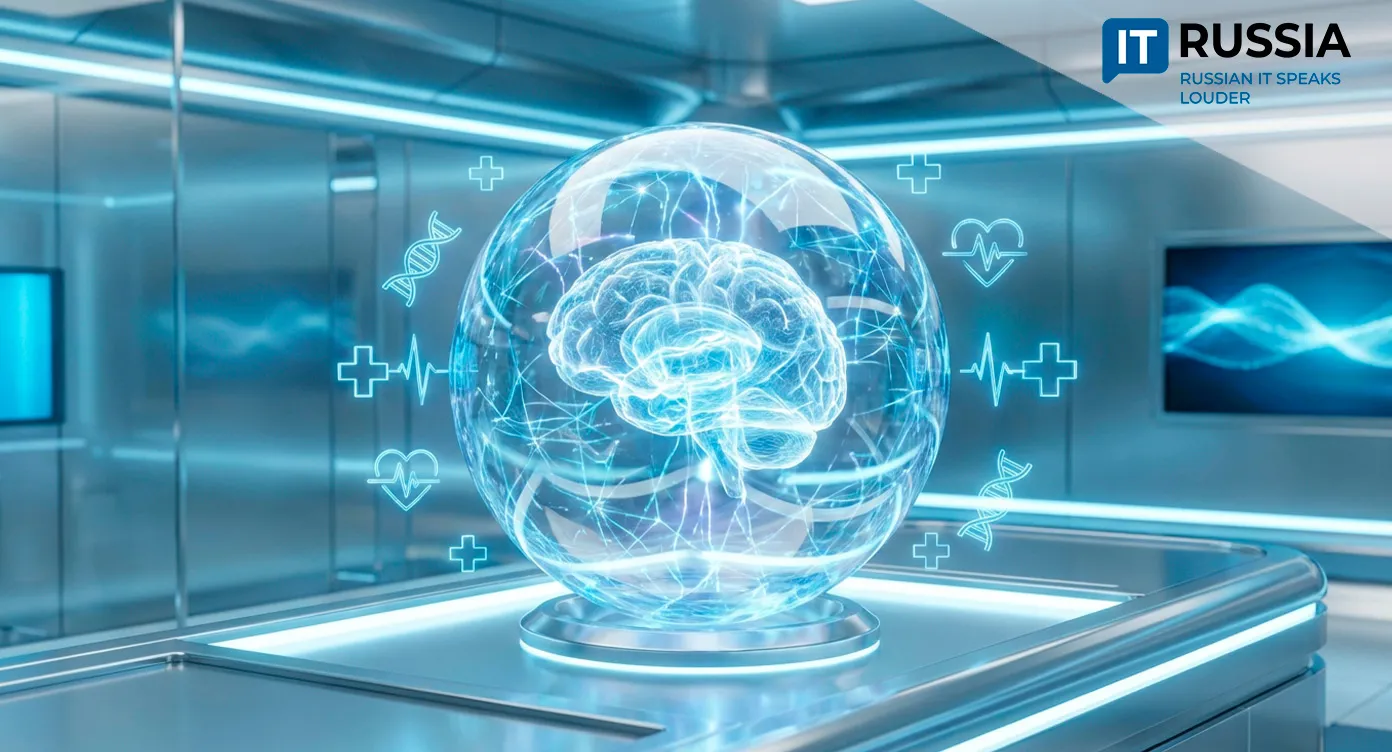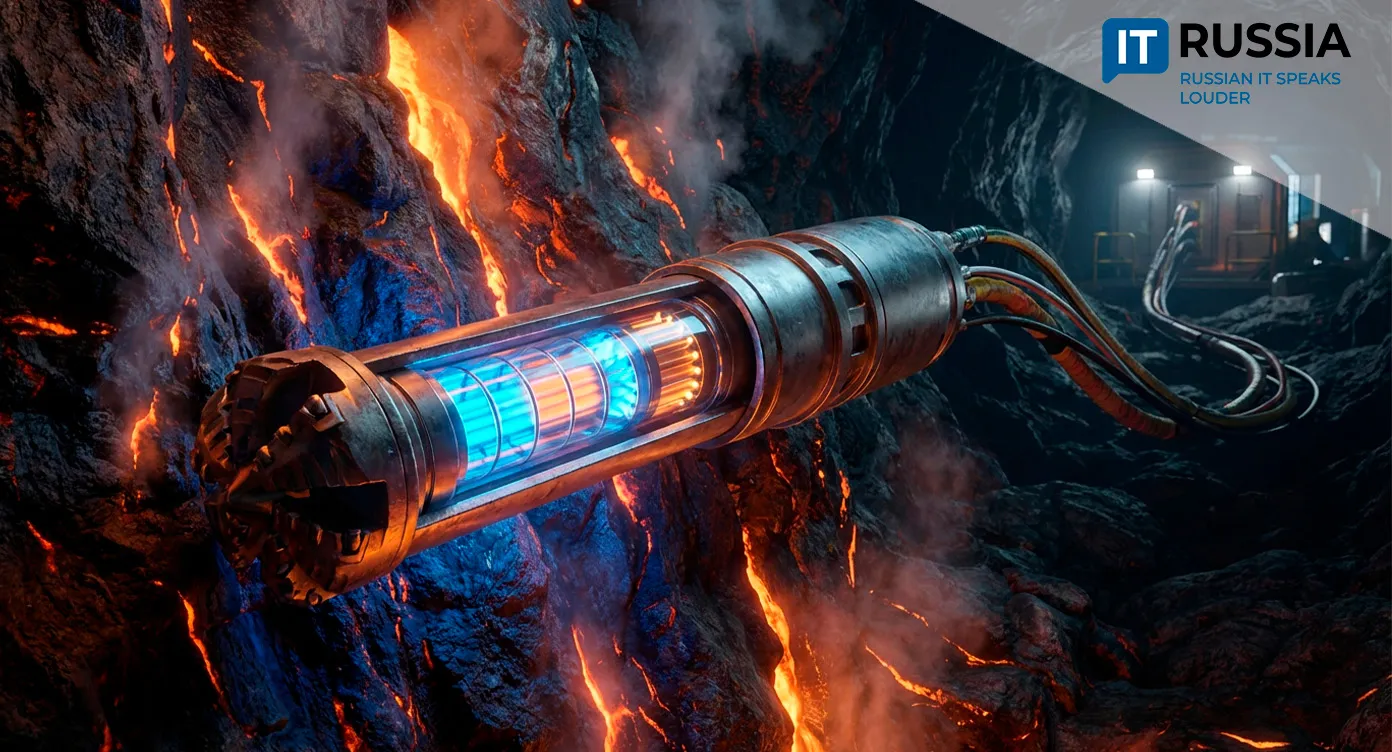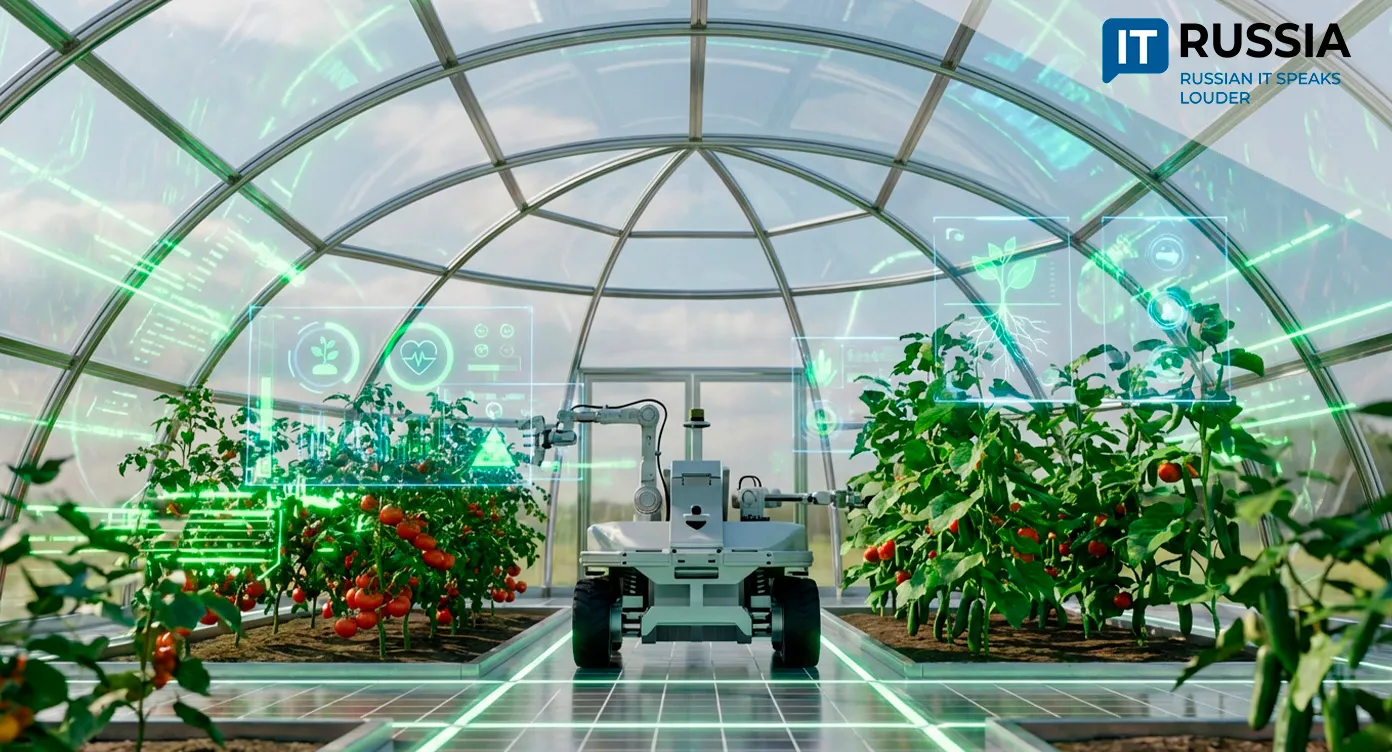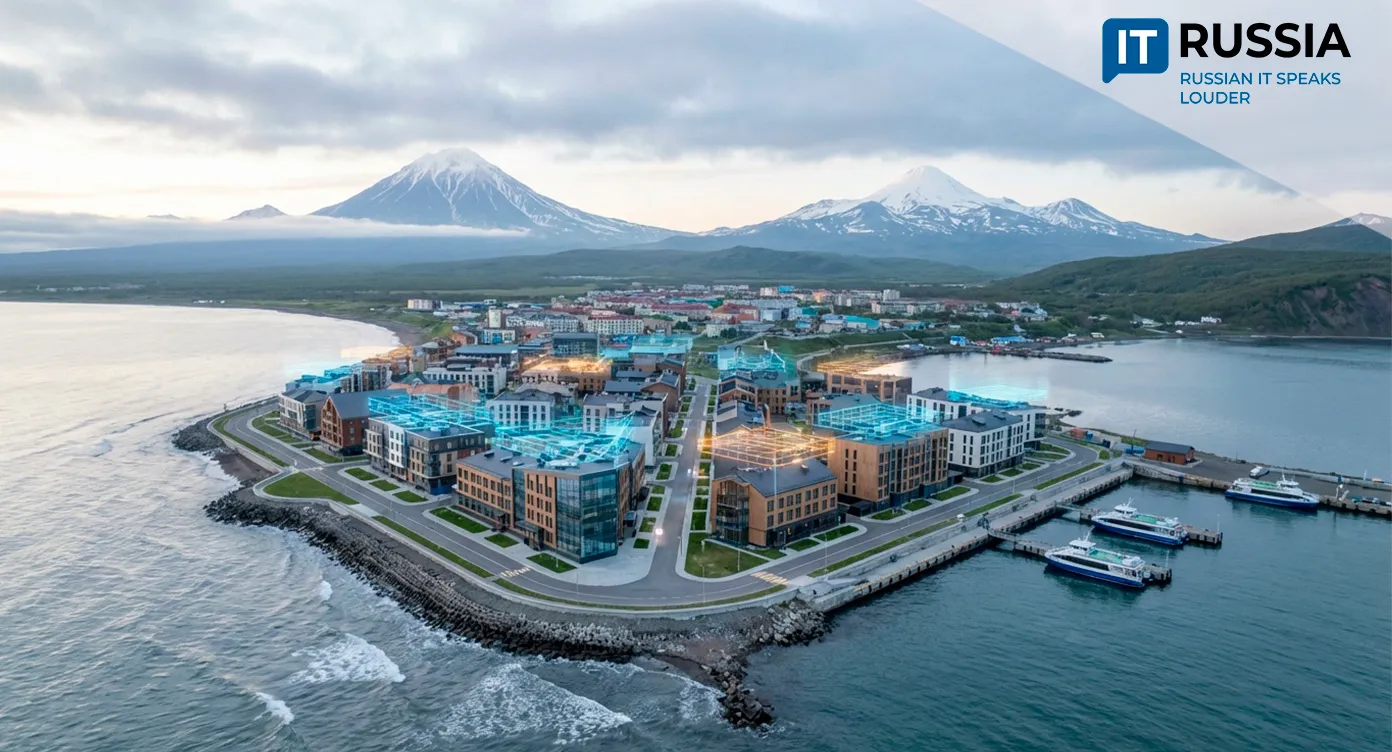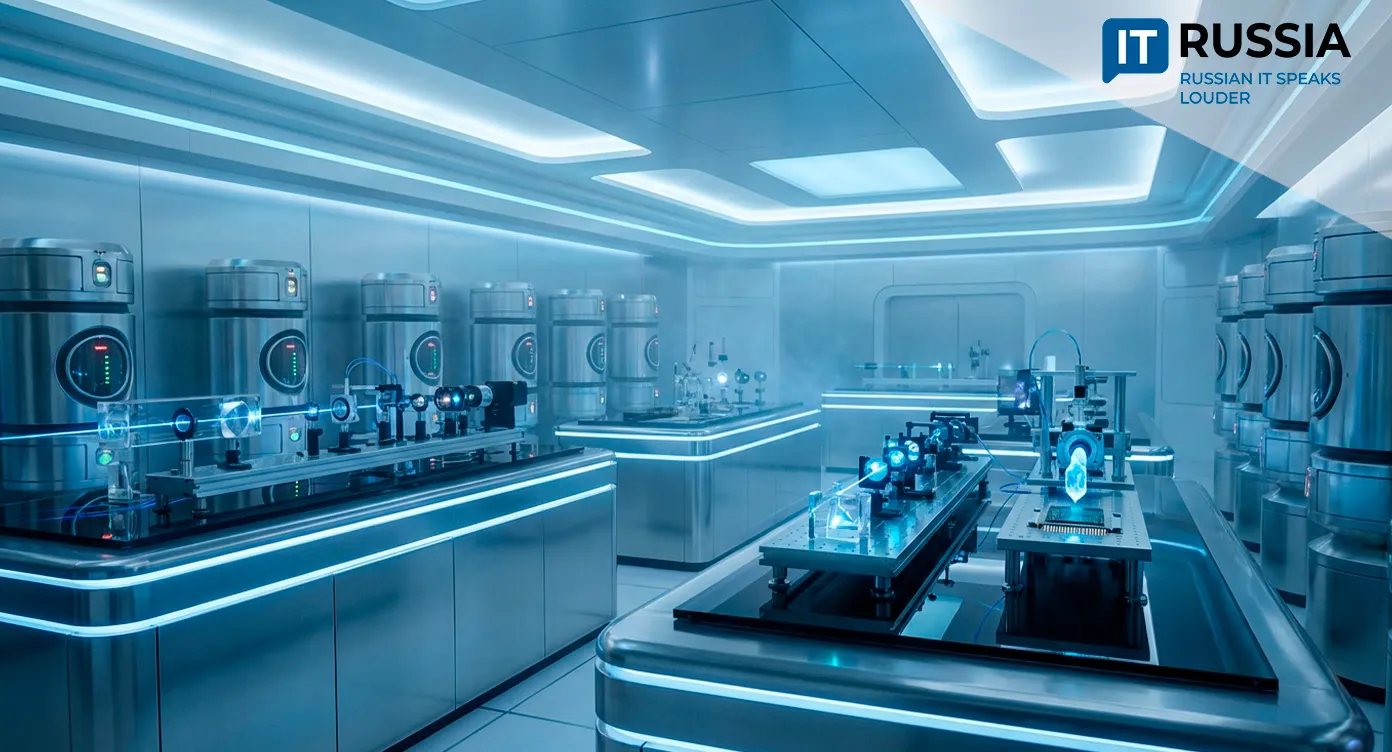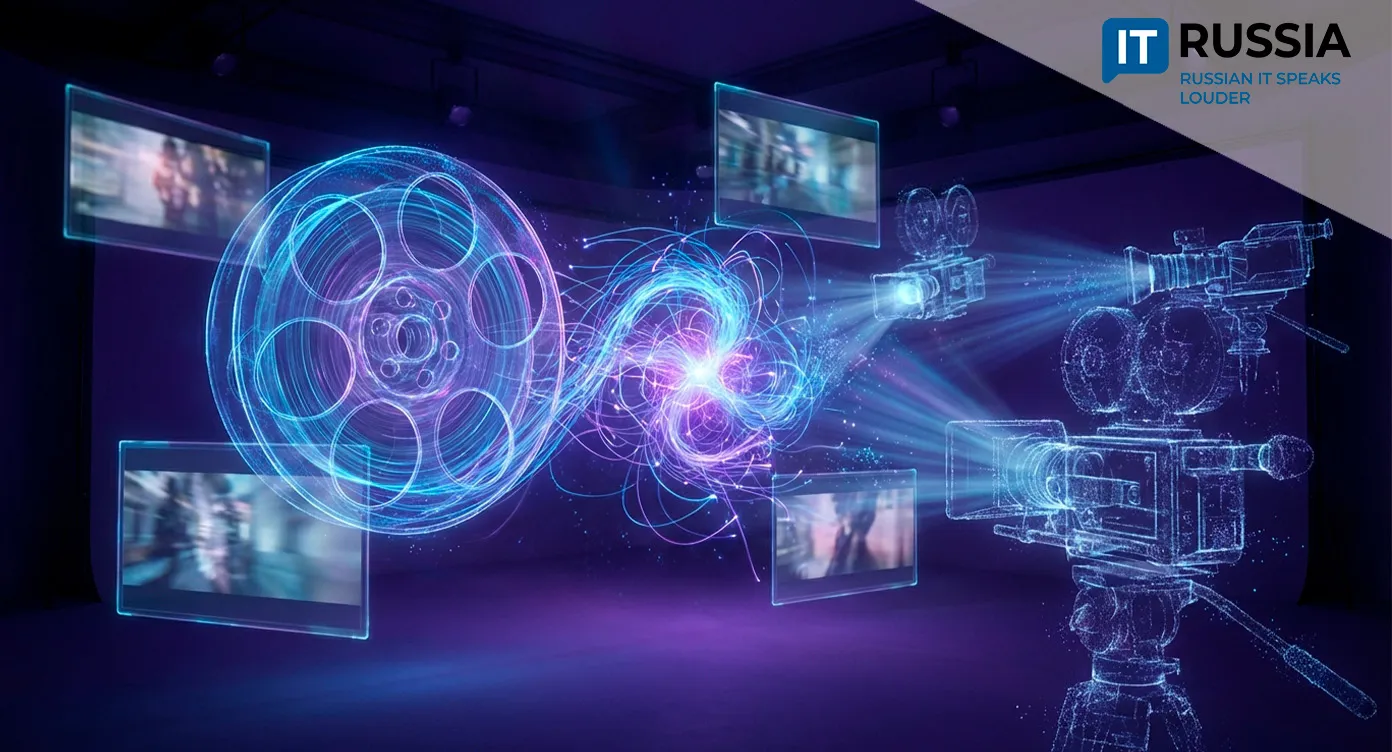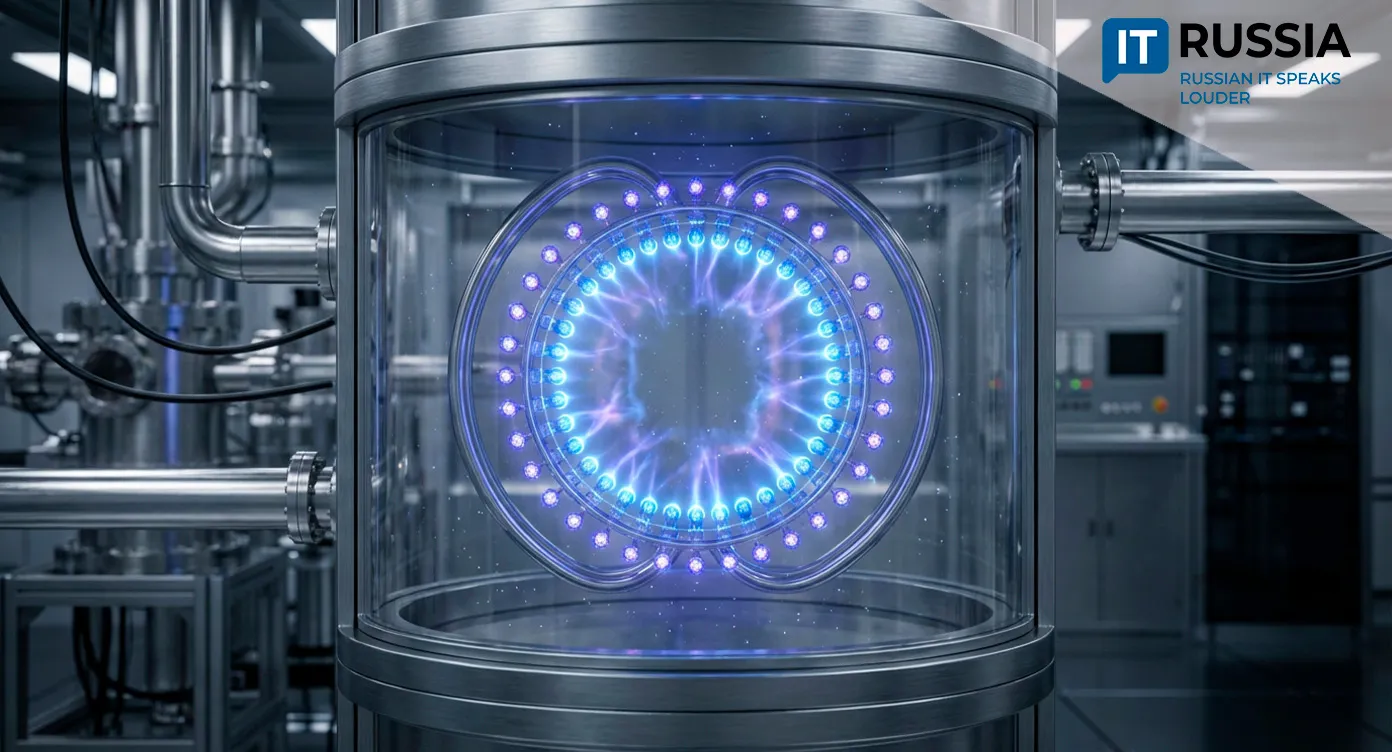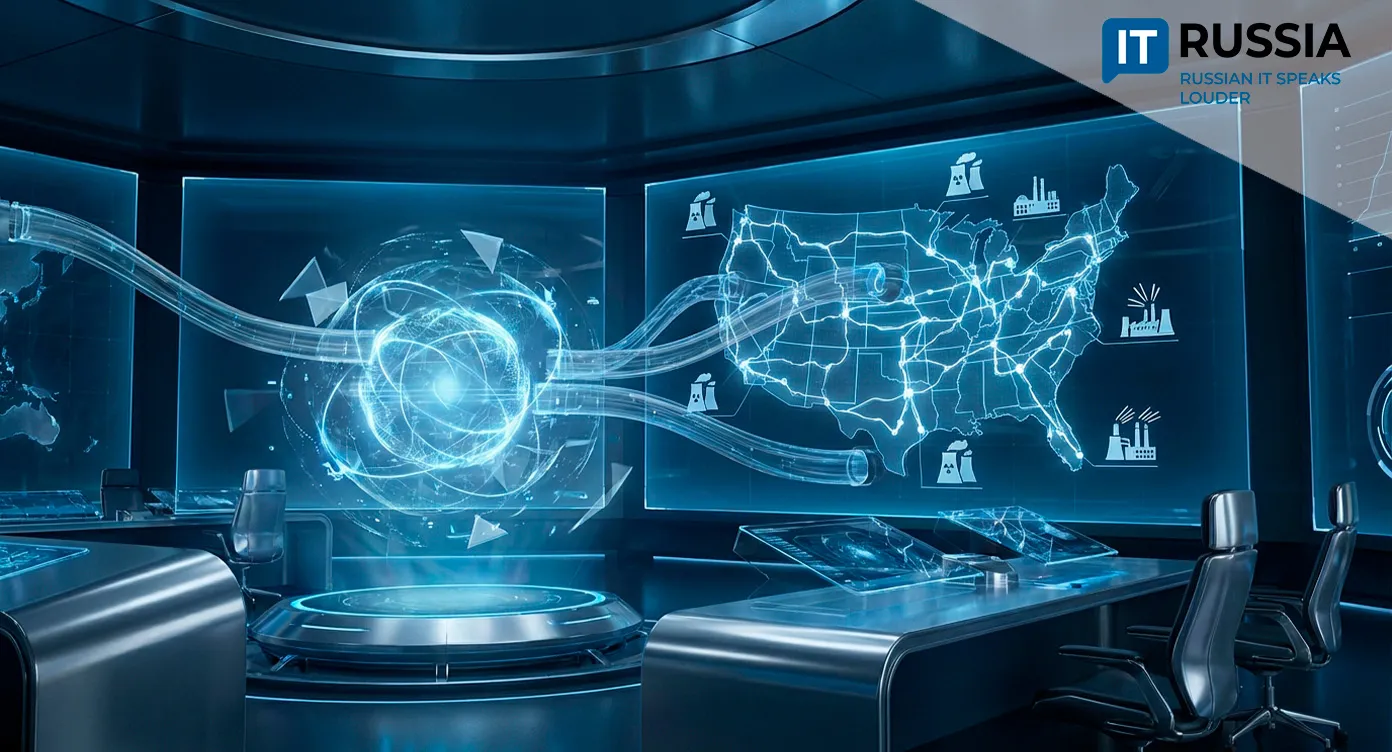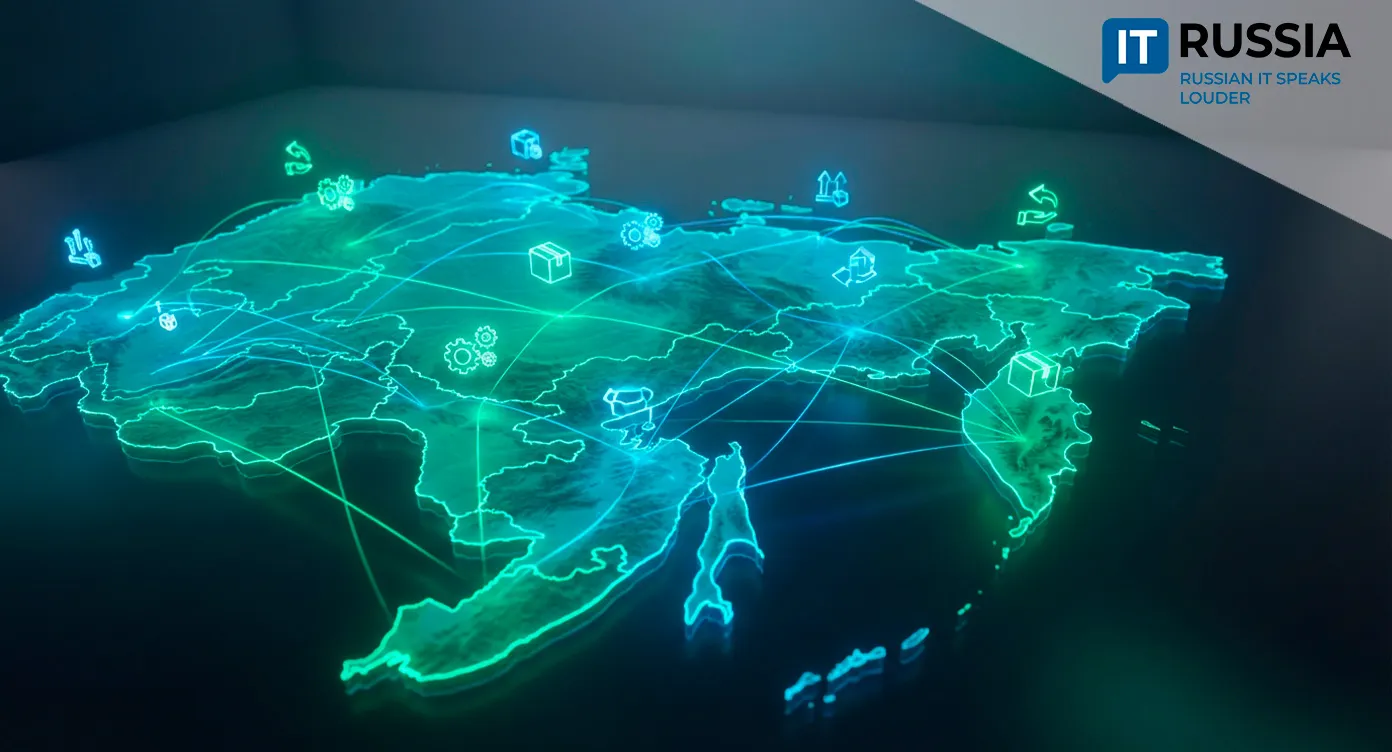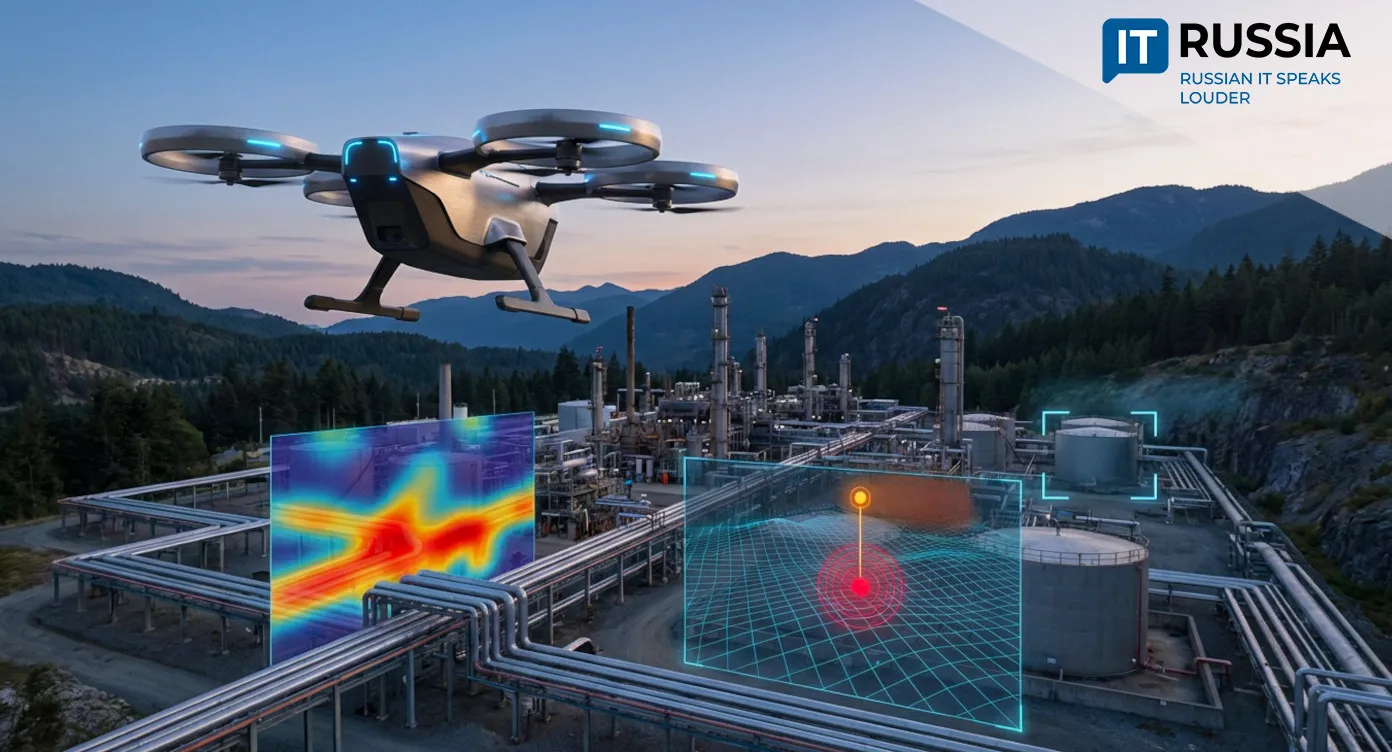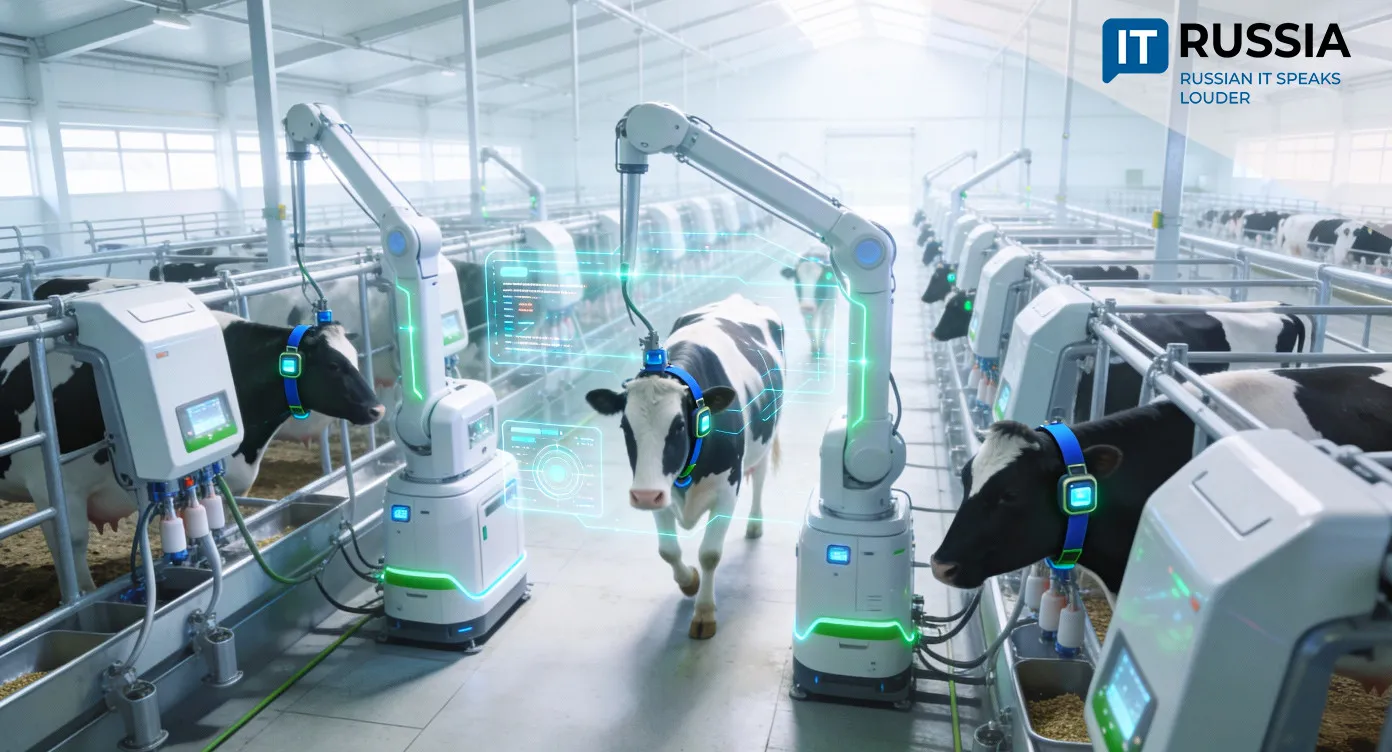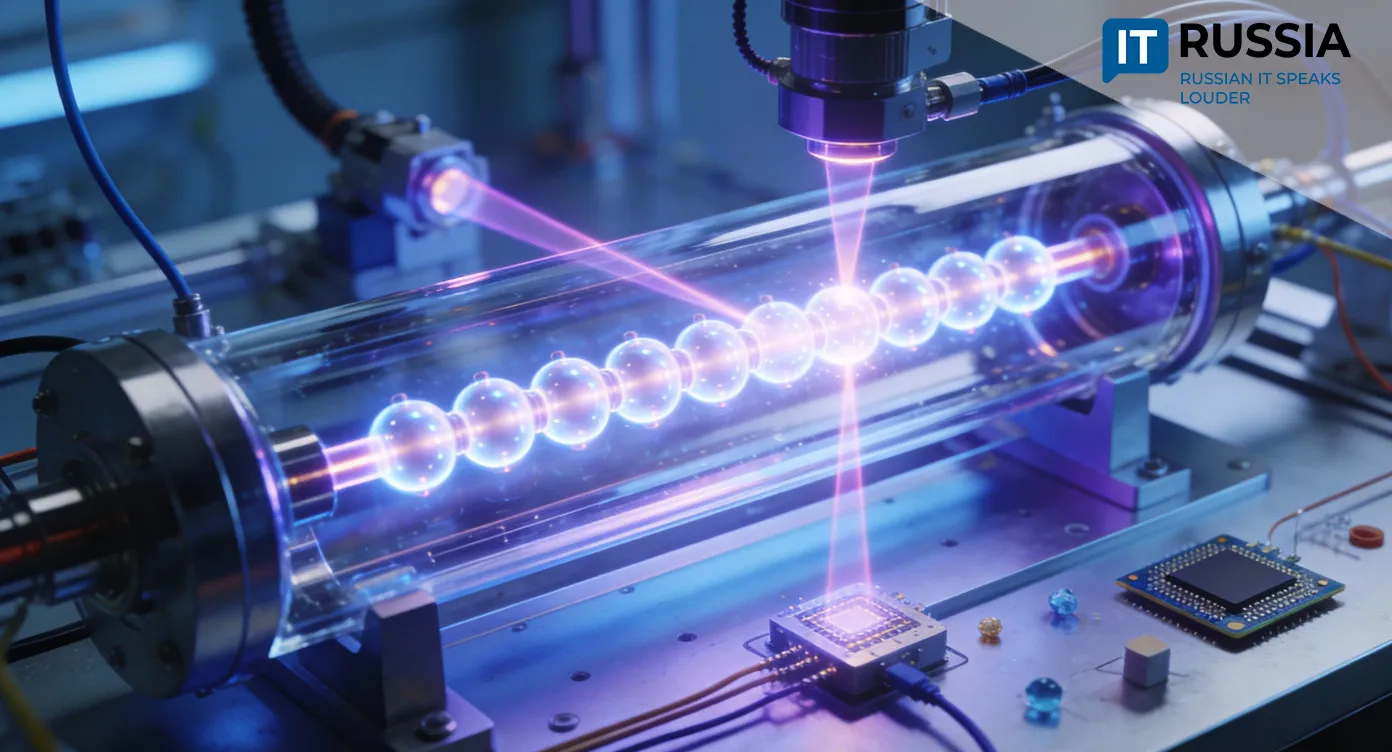Russian Students Develop Revolutionary AR Application for Thyroid Diagnostics
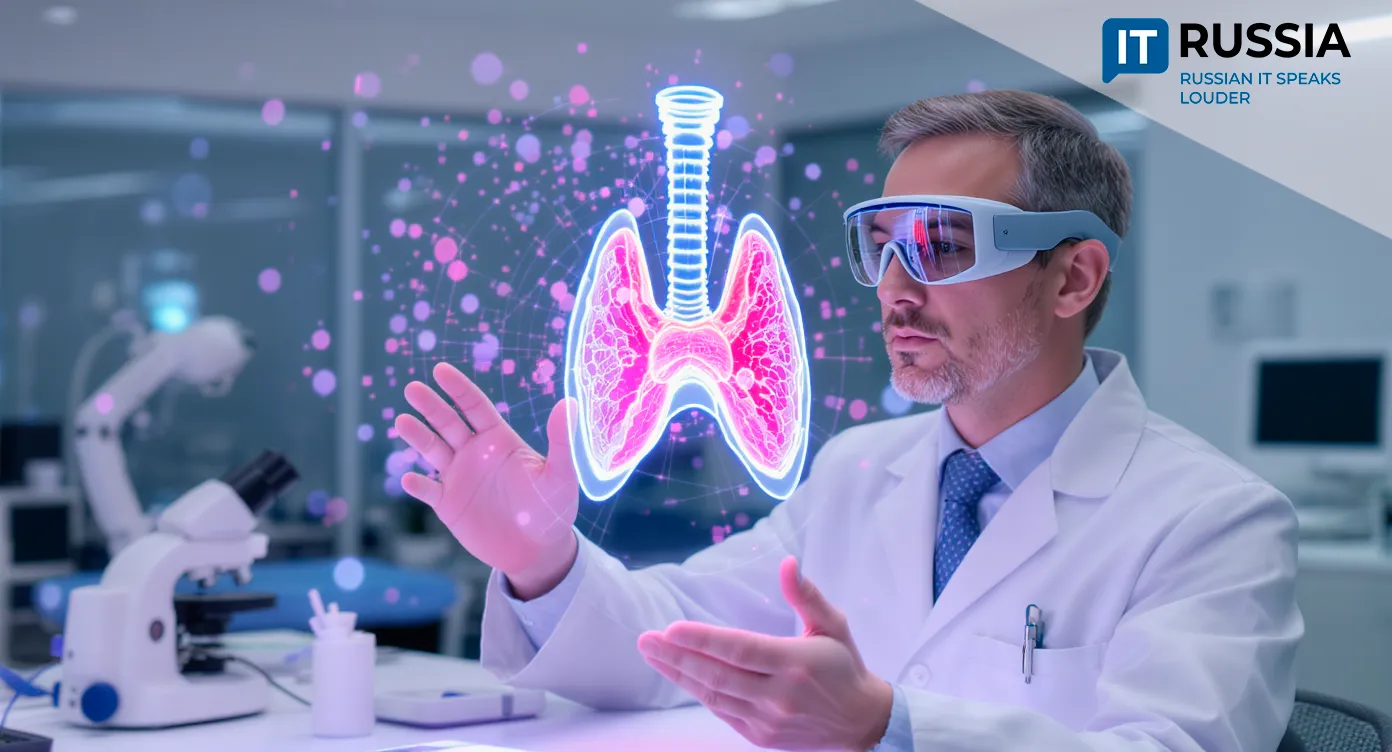
An AR application that transforms thyroid images into interactive 3D models has been developed by Russian students. Doctors can now ‘disassemble’ the organ layer by layer, study pathologies from any angle, and make more accurate diagnoses. This innovation, presented by the team, has the potential to change the approach to medical diagnostics and training.
Technology Safeguarding Health
In 2025, a student team from the Russian Technological University (RTU MIREA) unveiled a unique AR application capable of transforming diagnostics and training in endocrinology. Using augmented reality technology, the app converts flat MRI, CT, and ultrasound images into interactive 3D models of the thyroid gland that doctors can manipulate in real time. This opens entirely new possibilities for precise diagnostics: the model can be rotated, viewed from any angle, and its tissue layers virtually ‘peeled’ away to study nodules and tumors in detail.
The thyroid gland is a vital organ controlling metabolism, heart function, the nervous system, and reproductive health. According to the World Health Organization, about 200 million people worldwide suffer from thyroid diseases, with approximately 40% of Russia’s population affected.
Early diagnosis is complicated by the fact that traditional methods—ultrasound, MRI, and CT—often provide only flat and limited images. Symptoms of many thyroid diseases are non-specific and can easily be mistaken for fatigue or stress, leading to delayed medical attention. Thyroid cancer, for instance, may initially manifest as something as common as a sore throat.
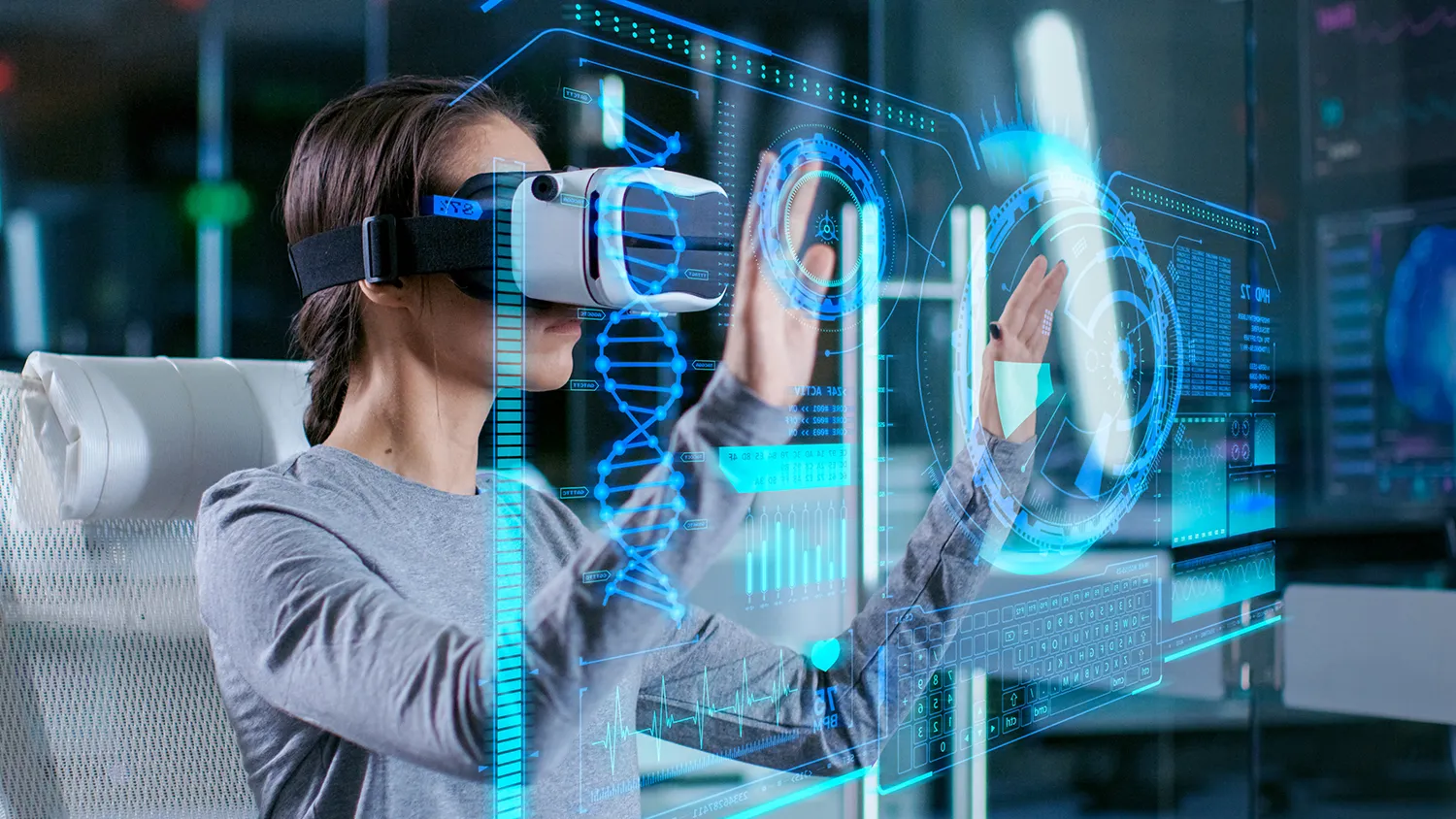
A Russian Innovation: Precision and Technology
The core of the RTU MIREA student project is the implementation of the YOLO v9 computer vision algorithm, which automatically identifies contours and pathological formations, creating an accurate 3D map of the organ. Doctors use augmented reality headsets, such as Meta Quest 3, allowing them to control the model with gestures and voice commands without navigating complex software.
This innovation not only improves diagnostic accuracy but also significantly reduces the risk of missing small nodules less than 5 mm in size. It also enables tracking dynamic changes in tissues. For patients, this means earlier detection of pathologies and, consequently, more effective treatment.
National and Global Challenges
With about 40% of Russians potentially having some form of thyroid disease, integrating AR technologies into Russian healthcare becomes particularly important. This paves the way not only for improving medical care quality domestically but also for creating high-tech solutions for educational institutions and exporting them abroad.
The Russian innovation has the potential to become a leader in AR medical technologies, integrating advanced IT solutions into clinical practice and specialist training. Surgeons will be able to plan complex operations with precise 3D models, and medical students will have access to more visual and interactive learning tools.
Furthermore, the use of AR models promotes telemedicine development, enabling remote consultations with detailed pathology analysis on 3D images.
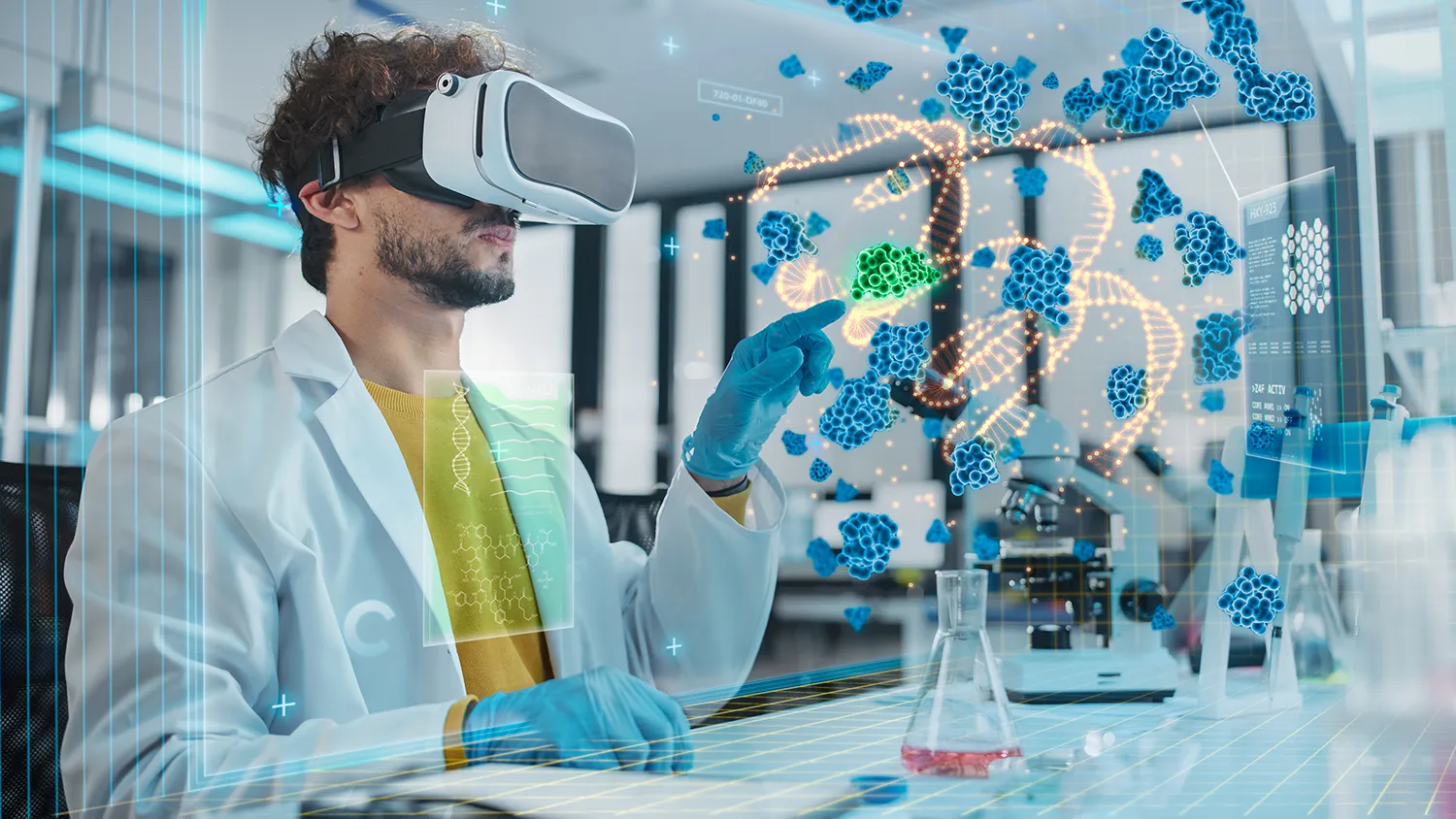
Development Prospects
The RTU MIREA team plans to expand the application’s functionality by adding databases of typical pathologies for automatic comparison and adapting the system for parathyroid glands and lymph nodes, significantly broadening its scope.
Internationally, clinics and educational institutions are already showing interest in the Russian AR development, seeing it as a promising tool for training and diagnostics. Thus, domestic IT innovations are entering the global market, underscoring the high level of Russian technical universities and research centers.
Domestically, the adoption of such solutions will support and accelerate healthcare digitalization, in line with national IT and medical development programs.
How AR and VR Are Changing Medical Education and Practice
Over the past five years, both in Russia and globally, augmented and virtual reality technologies have been actively integrated into medicine. Leading universities use AR atlases to train surgeons, while specialized clinics employ 3D models of the heart and liver for surgical planning. Russian technical universities, such as RTU MIREA and MIPT, are creating virtual simulators for orthopedics and surgery to improve young specialists’ training.
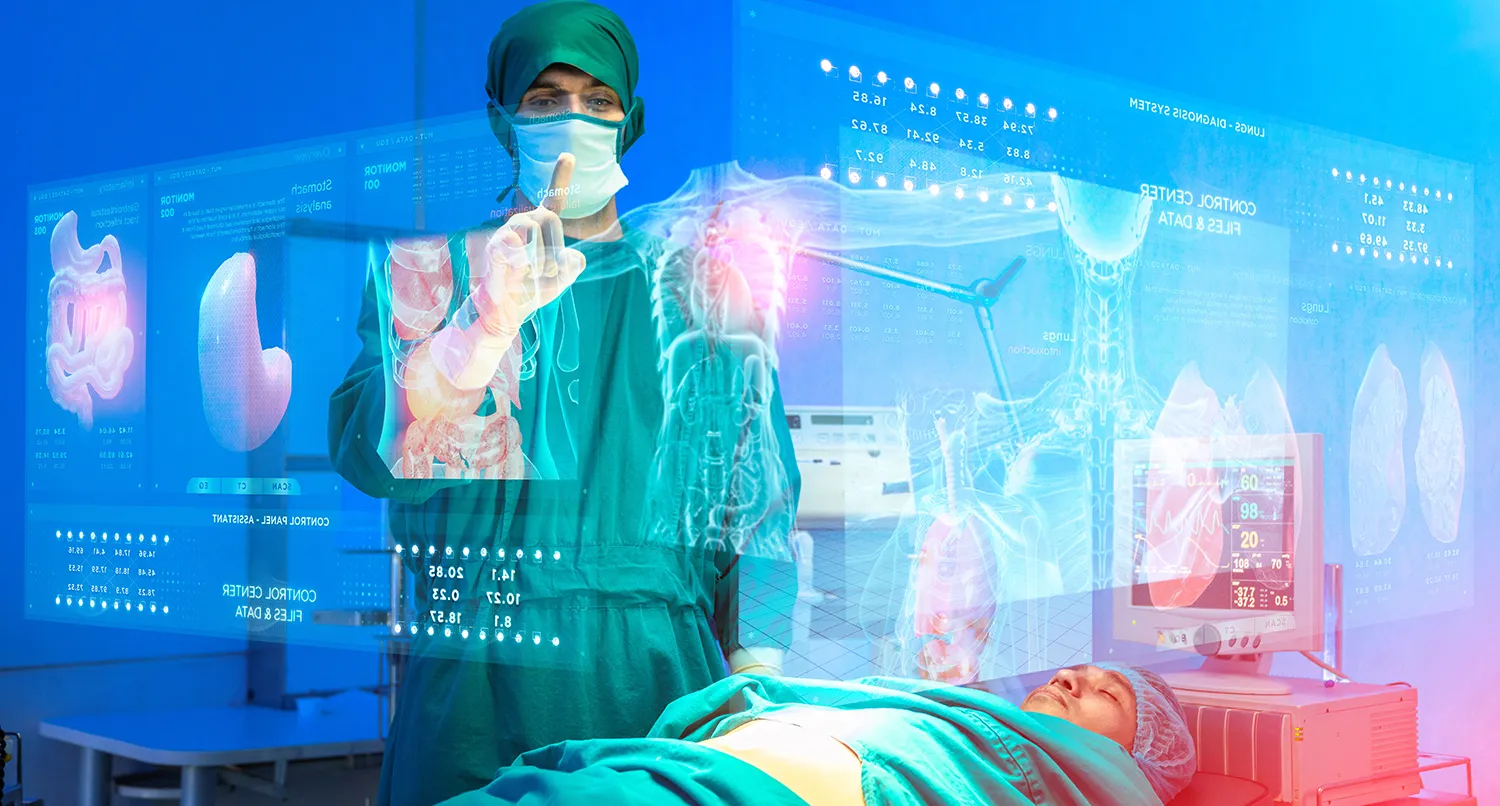
For example, since 2019, the Sechenov Medical University has been actively using AR atlases in its curriculum; in 2022, MIPT introduced a VR endoscopy simulator; and in 2023, the Institute of Vascular Surgery launched a project to 3D-print heart models for hands-on training. These examples illustrate the growing role of AR/VR technologies and their integration into Russia’s medical system.
Russia’s Contribution to Global Medicine
The RTU MIREA student project is a striking example of an innovative Russian startup with real potential to become a foundation for new medical AR platforms. The technology can improve diagnostic and training quality, facilitate surgical planning, and serve as a telemedicine tool.
In the coming years, the team plans to refine the interface, expand functionality, and begin clinical trials. The long-term goal is large-scale integration of such solutions into Russian medical universities and institutions, followed by certification and commercialization. Russian medical schools are already using AR models to train future doctors, and clinics employ them for surgical planning. Foreign clinics and universities are increasingly interested in Russian medical technologies as both educational and diagnostic tools.


